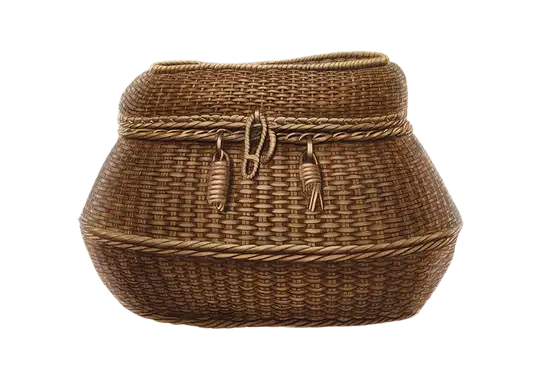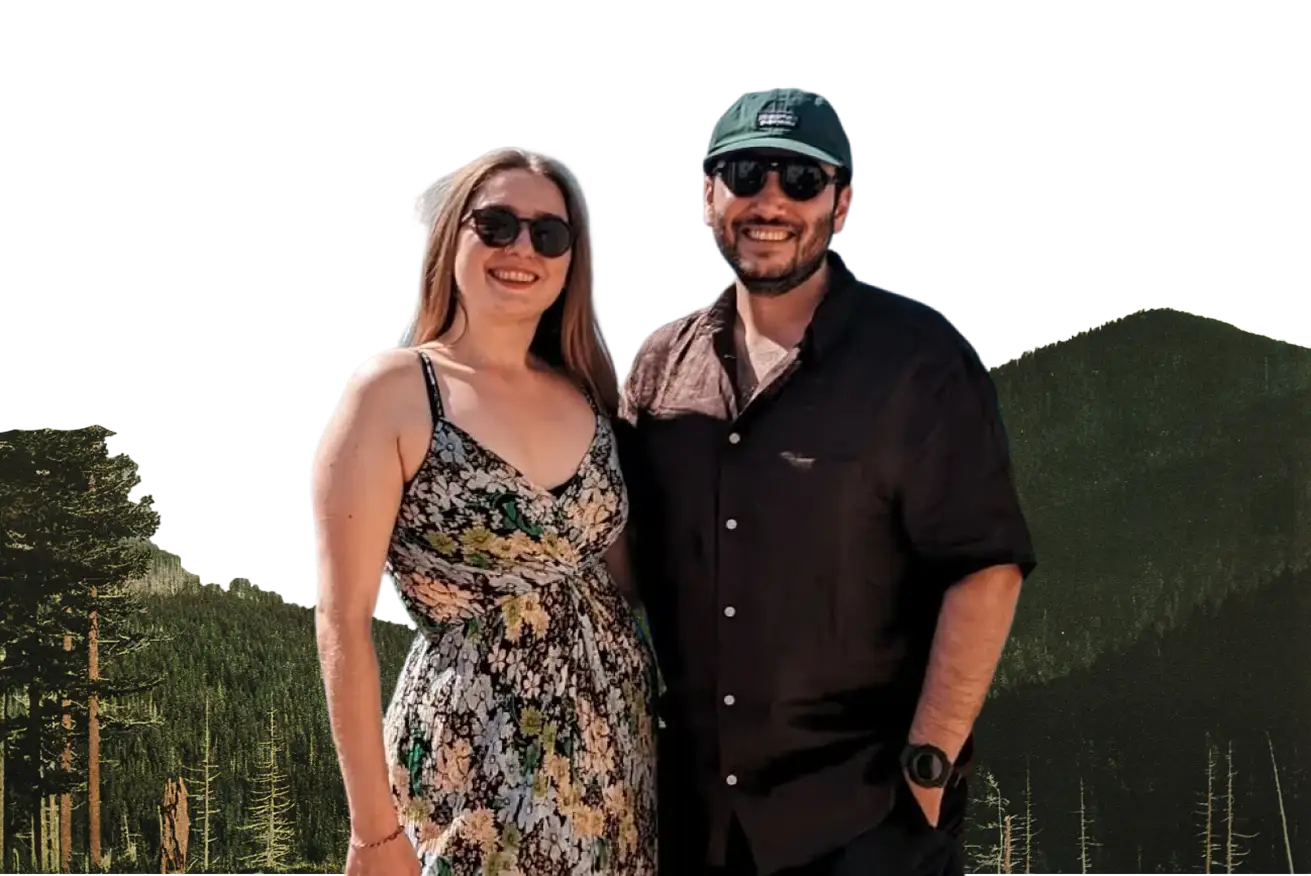Our deep journey through the Content Season dedicated to Southeast Turkey has now finished, and as we, Ola and Riza, look back on the path we've travelled together with you, our readers, we are filled with a renewed sense of deep appreciation for this extraordinary corner of the world. From the truly amazing and almost unimaginable depths of Immense Antiquity at Göbeklitepe, to the lively Cultural Crossroads created by ancient trade routes, and from the Layered Heritage visible in every city to the profound Resilience Amidst Complexity shown by its communities and traditions, Southeast Anatolia (the Asian part of modern Turkey) has offered us a universe of stories.
Throughout this series, we've tried to look beneath the surface, to find those interconnected "seeds" of meaning – our Pomegranate Philosophy in action. We didn't just want to show you ancient sites or describe colourful markets; we wanted to explore the "why" behind them, to understand how landscape, history, belief, and human cleverness have come together to create such a unique and meaningful region.
Rewriting beginnings: The astonishing antiquity of Göbeklitepe
Our exploration began by facing the incredible scale of human history at Göbeklitepe. The realisation that complex societies, capable of building large monuments and having sophisticated symbolic thought, existed 12,000 years ago – long before settled farming was thought to be the main starting point – fundamentally changes our understanding of human potential. This deep past, we learned, isn't just an old story; it sets a profound stage for everything that followed, reminding us that our story is far older and more complex than we often think, and that new discoveries are constantly inviting us to rewrite what we thought we knew.
The veins of exchange: A land forged as a cultural crossroads
Time and again, as we traced the ancient trade routes, we saw how Southeast Turkey's destiny was shaped by its role as a Cultural Crossroads. These pathways were not just for silk and spices but for ideas, technologies, artistic styles, and faiths. This constant flow explains why cities like Antakya (ancient Antioch) became glittering Roman major cities and early centres of Christianity, why Urfa is so connected with Abrahamic traditions shared by multiple faiths, why Mardin's architecture and food are a rich tapestry of Syriac, Arab, Kurdish, and Turkish influences, and why Gaziantep stands as a global capital of both wonderful food and craft. The timeless lesson here is that connection leads to new ideas, and diversity is a source of profound cultural wealth.
History in layers: Uncovering a rich and varied heritage
One of the most striking things about this region is its Layered Heritage. From the mysterious statues of Mount Nemrut, mixing Greek and Persian gods in a king's attempt to be remembered forever, to the Roman mosaics of Antakya and Gaziantep showing glimpses of daily life and myths, to the ancient Christian traditions kept alive in Urfa and Mardin alongside beautiful Islamic architecture – every site, every city, is like an old manuscript, where new cultures have written their stories upon the remains of those who came before. Understanding these layers, we found, is key to appreciating the region's true depth and makes us more comfortable in reading the "language of culture" written in stone, art, and tradition.
Strength through time: Resilience in a complex land
The story of Southeast Turkey is also one of remarkable Resilience Amidst Complexity. We saw this strength in the lasting Syriac wine heritage of Mardin, a tradition kept alive against great difficulties, and in the lively craft traditions of Gaziantep, where skills are passed down through generations despite the pressures of a modernising world. Most touchingly, we faced it in the story of Hasankeyf, a site of thousands of years of history now largely underwater due to a modern dam. While the loss is immense, the efforts to remember, to move some monuments, and to tell Hasankeyf's story show a human need to hold onto heritage even when faced with irreversible change. This resilience teaches us about the strength of cultural identity and the lasting importance of memory.
The past in our present: How ancient stories resonate today
Finally, our journey highlighted the powerful Contemporary Resonance of this ancient land. The "Gypsy Girl" mosaic from Zeugma has become a modern icon for Gaziantep, drawing worldwide attention. The food traditions of cities like Gaziantep and Mardin are not just historical points of interest but vital parts of their modern identity and economy. And the story of Hasankeyf makes us all consider the difficult choices between development and preservation that societies around the world continue to face. The past here is not shut away in a museum; it is an active part of the present, shaping identities, sparking discussions, and offering lessons for the future.
This Southeast Turkey Content Season has been our attempt to offer a structured, yet deeply human and easy-to-understand, way into this incredible region. We hope it has sparked your curiosity, helped you see new connections, and perhaps even inspired you to explore further, carrying these stories and insights with you. The Pomegranate of Southeast Turkey has revealed so many interconnected seeds of meaning, and we know there are countless more waiting to be discovered.
.svg)




